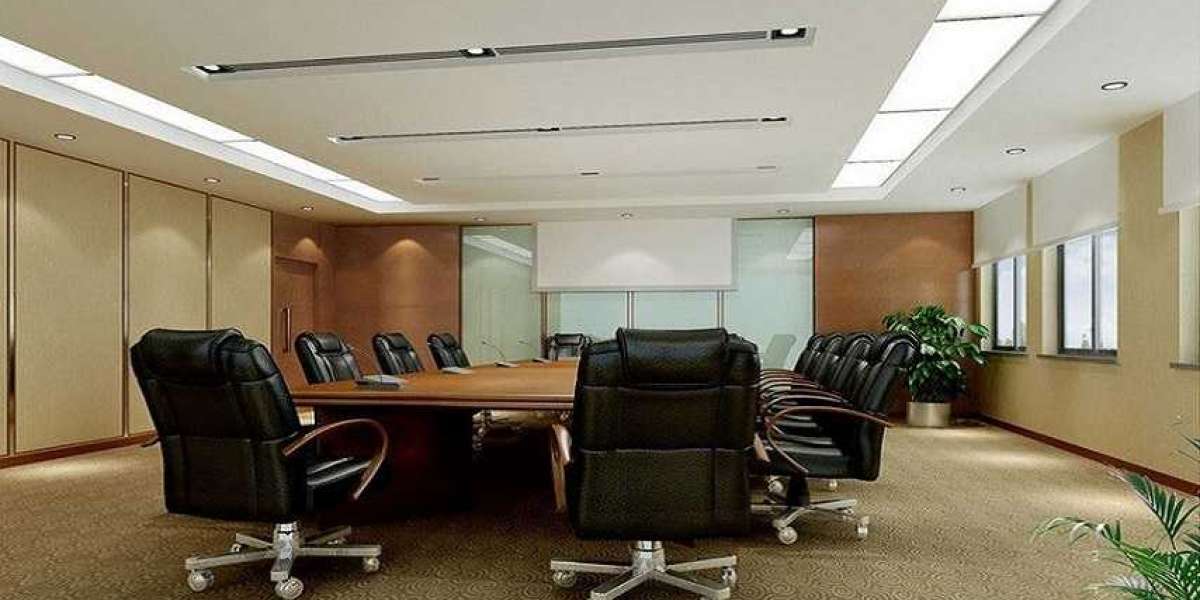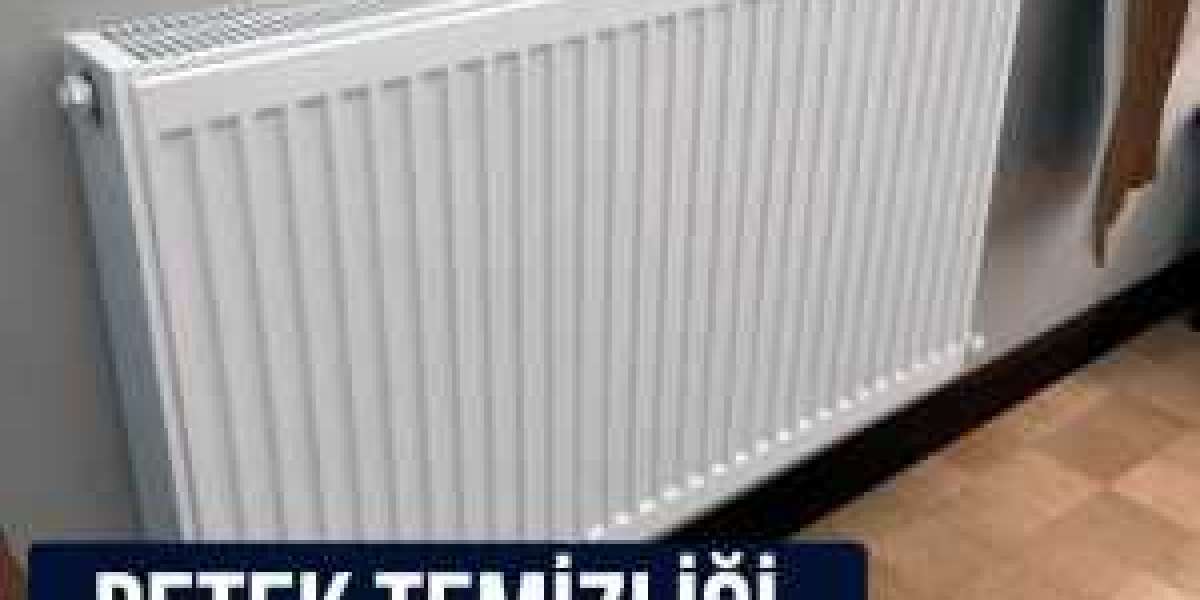Clean rooms are essential to industries such as pharmaceuticals, biotechnology, electronics, aerospace, and healthcare. These controlled environments maintain low levels of contaminants, ensuring that sensitive production processes meet strict quality and regulatory standards. However, simply having a clean room is not enough—it must be effectively designed, maintained, and managed to deliver optimal performance. Understanding the role of clean rooms and how to ensure their effectiveness is crucial for industry success.
Why Clean Rooms Are Essential
Clean rooms are used in various industries to prevent contamination that could compromise products, research, or equipment. Their primary roles include:
- Maintaining Product Quality
Contamination from dust, microbes, and particles can affect product integrity. Clean rooms help maintain consistent quality by reducing impurities in the environment. - Ensuring Regulatory Compliance
Industries such as pharmaceuticals and medical device manufacturing must adhere to stringent regulations. Properly managed clean rooms help businesses comply with Good Manufacturing Practices (GMP) and other industry standards. - Enhancing Research Accuracy
In scientific research and laboratory settings, maintaining a controlled environment is crucial for accurate testing and experimentation. - Protecting Sensitive Equipment
Semiconductor and aerospace industries rely on clean rooms to protect precision equipment from damage caused by airborne contaminants.
How to Ensure Clean Room Effectiveness
To maximize the benefits of clean rooms, organizations must implement best practices in design, maintenance, and monitoring.
- Proper Layout and Design
An effective clean room design minimizes contamination risks by optimizing airflow, using high-efficiency particulate air (HEPA) or ultra-low penetration air (ULPA) filters, and maintaining positive air pressure to prevent external contaminants from entering. - Stringent Cleaning and Maintenance Protocols
Regular cleaning schedules, approved disinfectants, and proper waste disposal prevent the buildup of contaminants. Surfaces should be made of non-porous, easy-to-clean materials to facilitate maintenance. - Personnel Training and Compliance
Employees working in clean rooms must follow strict protocols, including wearing protective garments, practicing proper hand hygiene, and minimizing unnecessary movement to reduce particle generation. - Advanced Air Filtration and Ventilation
Efficient HVAC systems with controlled temperature and humidity levels ensure air purity. Regular filter replacements and airflow monitoring are essential for maintaining optimal conditions. - Real-Time Monitoring and Automation
Advanced monitoring systems can track particle levels, humidity, and air pressure in real time. Automated controls help quickly detect and address deviations from required standards. - Sustainable and Cost-Effective Practices
Implementing energy-efficient lighting, low-VOC materials, and sustainable waste management practices can reduce operational costs while maintaining clean room effectiveness.
Final Thoughts
Clean rooms play a vital role in industries that require high precision, quality control, and contamination prevention. Ensuring their effectiveness requires a combination of proper design, regular maintenance, trained personnel, and advanced monitoring systems. By following best practices, industries can optimize their clean room performance, ensuring long-term success and compliance with industry standards
How Smart Design andSpace Planning Can Elevate Your Corporate Office
The Role of Waiting Area Furniture in Creating a Memorable Lookout






